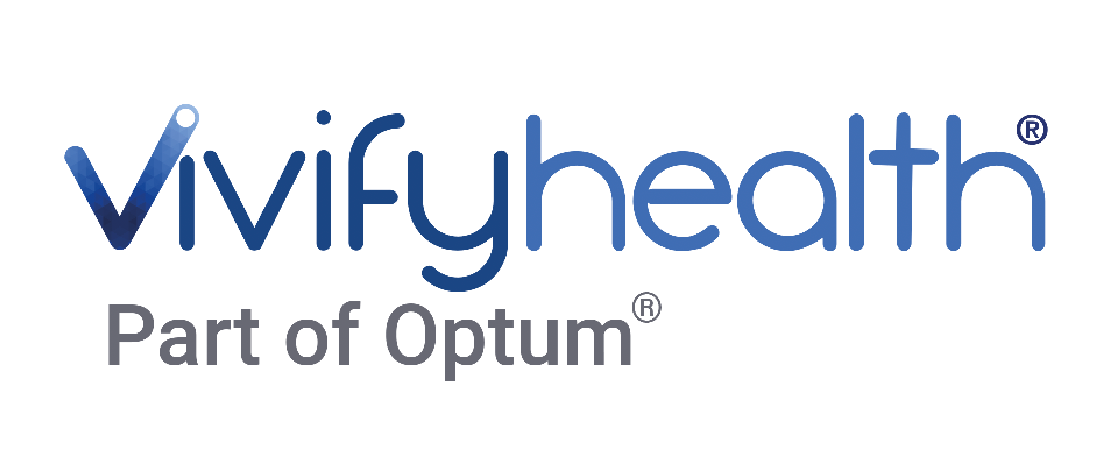Commentary
Article
Sponsored Content
Benefits and characteristics of a successful remote patient monitoring (RPM) program
Author(s):

Remote patient monitoring has grown considerably in the past few years1 and is becoming a popular method of connecting physicians and patients outside the four walls of their facilities.
What benefit can be expected from implementing an RPM Program?
Remote patient monitoring (RPM) can include capturing measured biometric signals from patients in their homes or other ambulatory environments and delivers the data to monitoring healthcare providers who can intervene when a problem arises. A goal is to respond proactively to patients who need assistance and ultimately prevent acute emergency department visits or hospitalizations. Additionally, RPM programs can be used to help patients and providers improve the management of parameters like blood pressure or blood sugar for the secondary prevention of disease.
Most RPM programs don’t focus solely on biometric data like weight, blood pressure, or blood oxygenation. They can collect valuable, timely information on patient symptoms, activity, and general feeling of wellness, all of which can be beneficial including the early detection of health issues.
RPM programs give providers more complete and timely information to manage complex or unstable conditions. Most include methods to prioritize and risk-stratify incoming information to make simultaneous monitoring of many patients feasible. Armed with this information and a clinically credible way to prioritize it, providers may have the ability to deploy resource-intensive solutions like telehealth visits or in-home diagnosis and treatment to bring care to patients when they most need it.
Payers appreciate the potential impact on avoidable acute utilization and nursing home stays. Patients enjoy being able to stay in their homes longer, even as their overall health becomes more tentative and challenging to manage independently.
What kind of ROI can be expected?
Return on investment is predominantly contingent on the risk baseline of the managed population and the intervention model costs. In the case of high-risked-focused programs, typically elderly patients with multiple chronic conditions, reducing ED visits, hospitalizations, skilled nursing facility days, and even mortality is key to driving economic benefit.
For example, a Vivify partner, Deaconess Health System in Indiana, deployed an RPM program for patients recently hospitalized for either congestive heart failure or COPD with an estimated probability of rehospitalization of at least 20%2.Nurses running this program monitor the patients daily and engage in case management and as needed, coordination activities to ensure patients are seen promptly by a physician when necessary. The Deaconess program had reduced 30-day rehospitalizations by 50%, from 14% to just below 7%.2 In our experience, results like these are typical of high-intensity programs focused on high-risk patients and represent the high end of what to expect. RPM programs with lower acuity patients or less resource intensive interventions can expect lower absolute impact rates on downstream utilization. Such programs can still produce positive financial returns if costs remain under control. In my experience, target patients for RPM programs often have many medical needs, so it’s common to see substantial evidence of clinical benefit from monitoring, even in cases of marginal financial return.
How can a program be scaled after implementation?
To scale a remote patient monitoring program successfully, operators should have a solid logistical support system, rigorous tools for patient prioritization, and robust communication pathways connected to the patient’s primary care clinicians.
RPM programs are logistically intensive, and poor logistical design or support can hamstring even the best-designed programs. Without devices, newly-discharged patients cannot send signals back to their care team; and with nursing staff becoming increasingly expensive and somewhat scarce, programs must have the ability to focus clinical resources on patients with the most critical needs.
Similarly, nursing staff should not be consumed by managing device logistics or providing technical support for patients struggling with immature or complicated user interfaces. Tools that offer simple asynchronous communication between patient and nurse are invaluable for saving nursing time and providing patient convenience.
Finally, sustainable RPM programs depend upon primary care provider (PCP) support for patient referral and long-term management – programs with strong PCP involvement and communication do better at hitting enrollment targets and stabilizing the patients they manage long-term.
Alejandro Reti, MD MBA, is the CEO of Vivify Health, part of Optum.
References
1. Frost & Sullivan US Chronic Disease Management Growth Opportunities, October 2021
2. Deaconess Health System Case Study- All data was obtained from Deaconess internal reporting while leveraging Vivify’s RPM Solution. Data was collected between Sept 2018 - March 2021. Results may vary.
Support provided by Vivify Health, part of Optum. Copyright 2023 and published by MJH Life Sciences. No portion of this program may be reproduced or transmitted in any form, by any means, without the prior written permission of MJH Life Sciences and permission by Optum/Vivify Health. The views and opinions expressed in this material do not necessarily reflect the views and opinions of MJH Life Sciences, or Medical Economics.
Newsletter
Stay informed and empowered with Medical Economics enewsletter, delivering expert insights, financial strategies, practice management tips and technology trends — tailored for today’s physicians.


